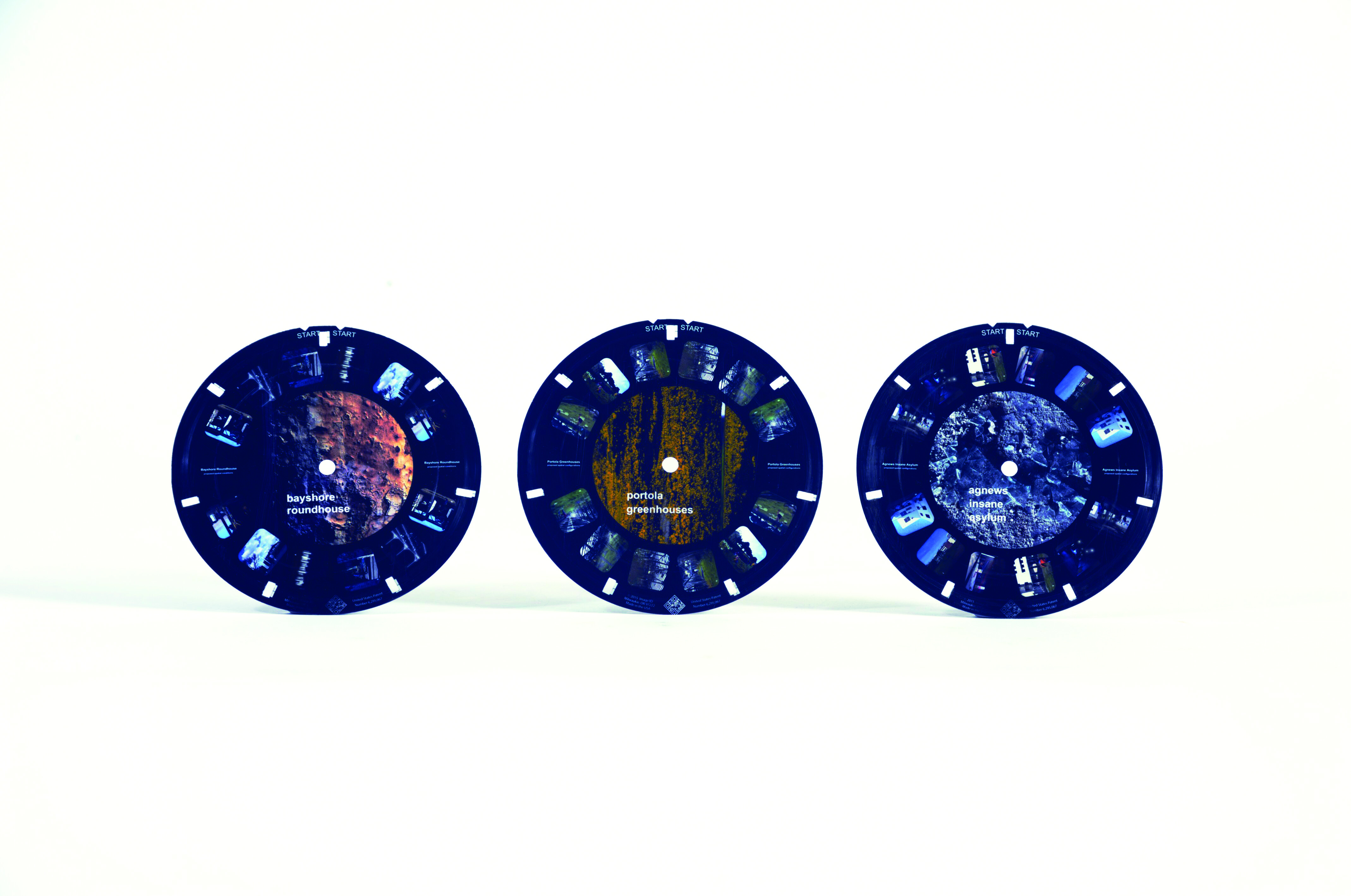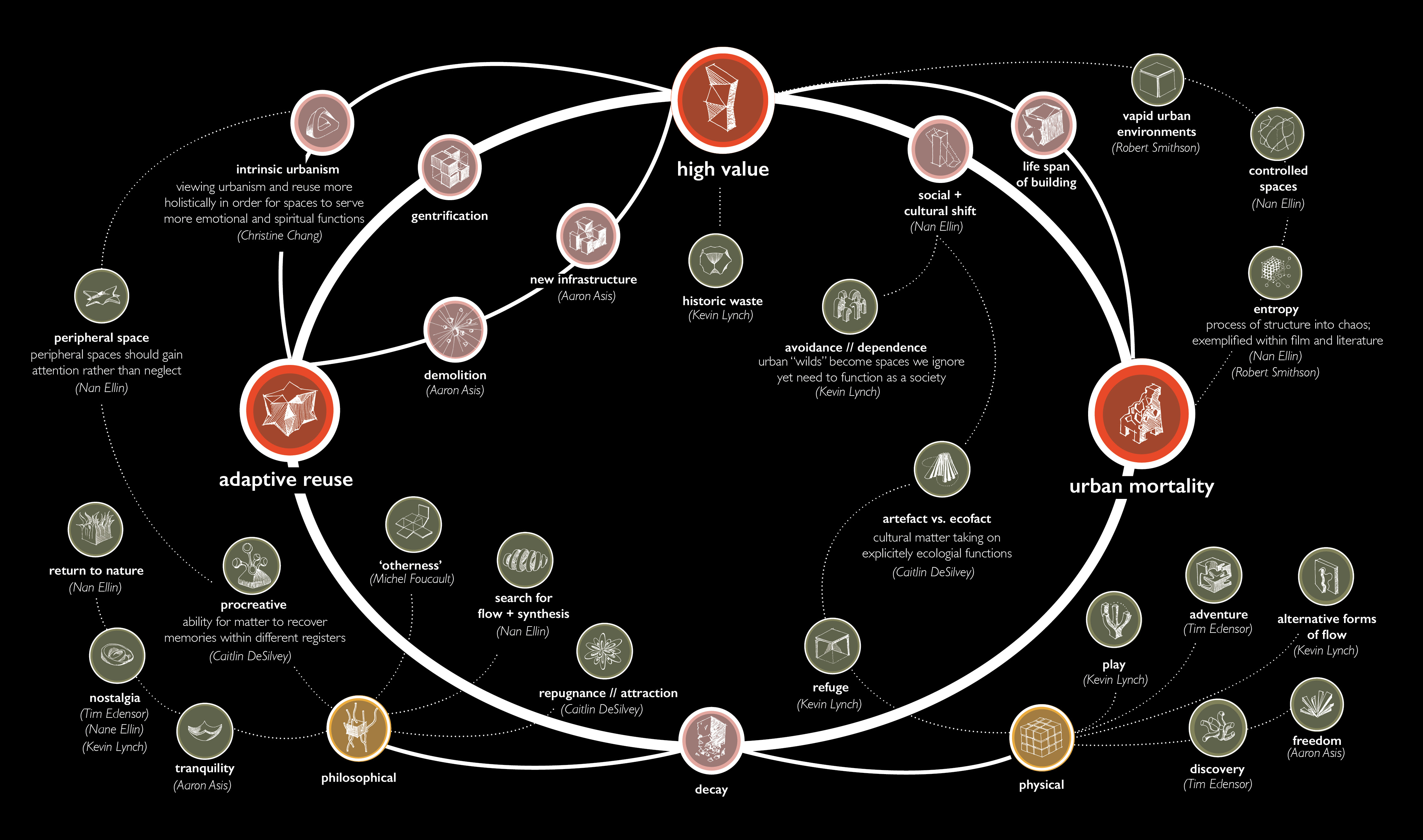
Urban infrastructure evolves with people and culture, often leaving spaces and buildings to become less valued as new developments begin to replace them. These vacant and derelict sites are often seen in a negative vein: physical erosion and lack of intended use transforms them into dangerous spaces for illicit activities. However, these places contain unique material characteristics and spatial conditions that can activate them as sensorial spaces for discovery and reflection.
Is it possible to adopt an interpretive and integral approach to processes of decay and an appreciation for urban mortality? This project uses intrinsic urbanism as a technique to view and engage overlooked qualities while reactivating sites. Three designed case studies focus on elements of derelict sites within the Bay Area of Northern California and allow for temporal qualities to tell the stories these places hold. The interventions emphasize the spaces to expose a beauty often undervalued through five typologies: highlight, represent, frame, adapt and contrast.
qualitative inventory + field guide

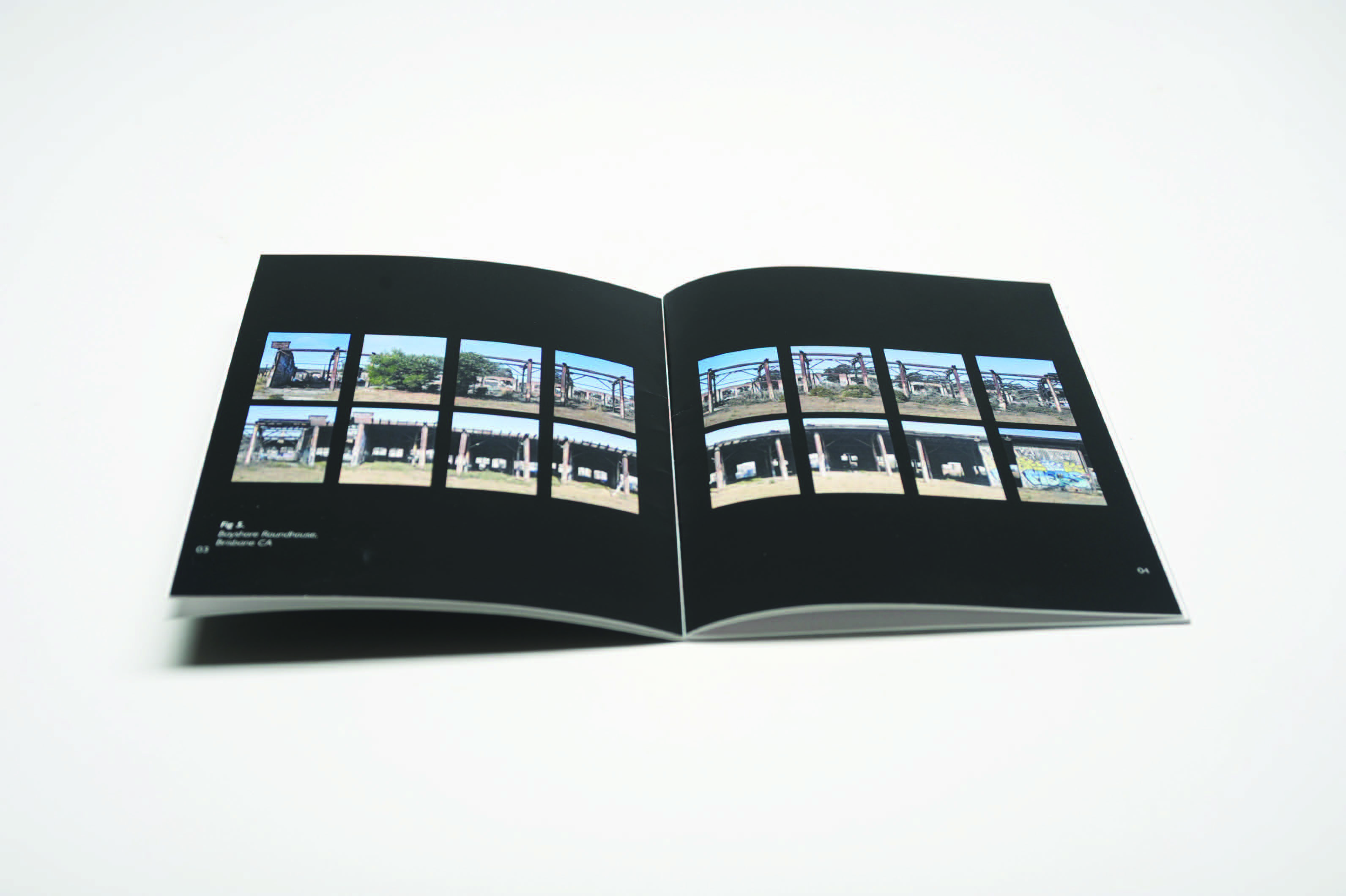
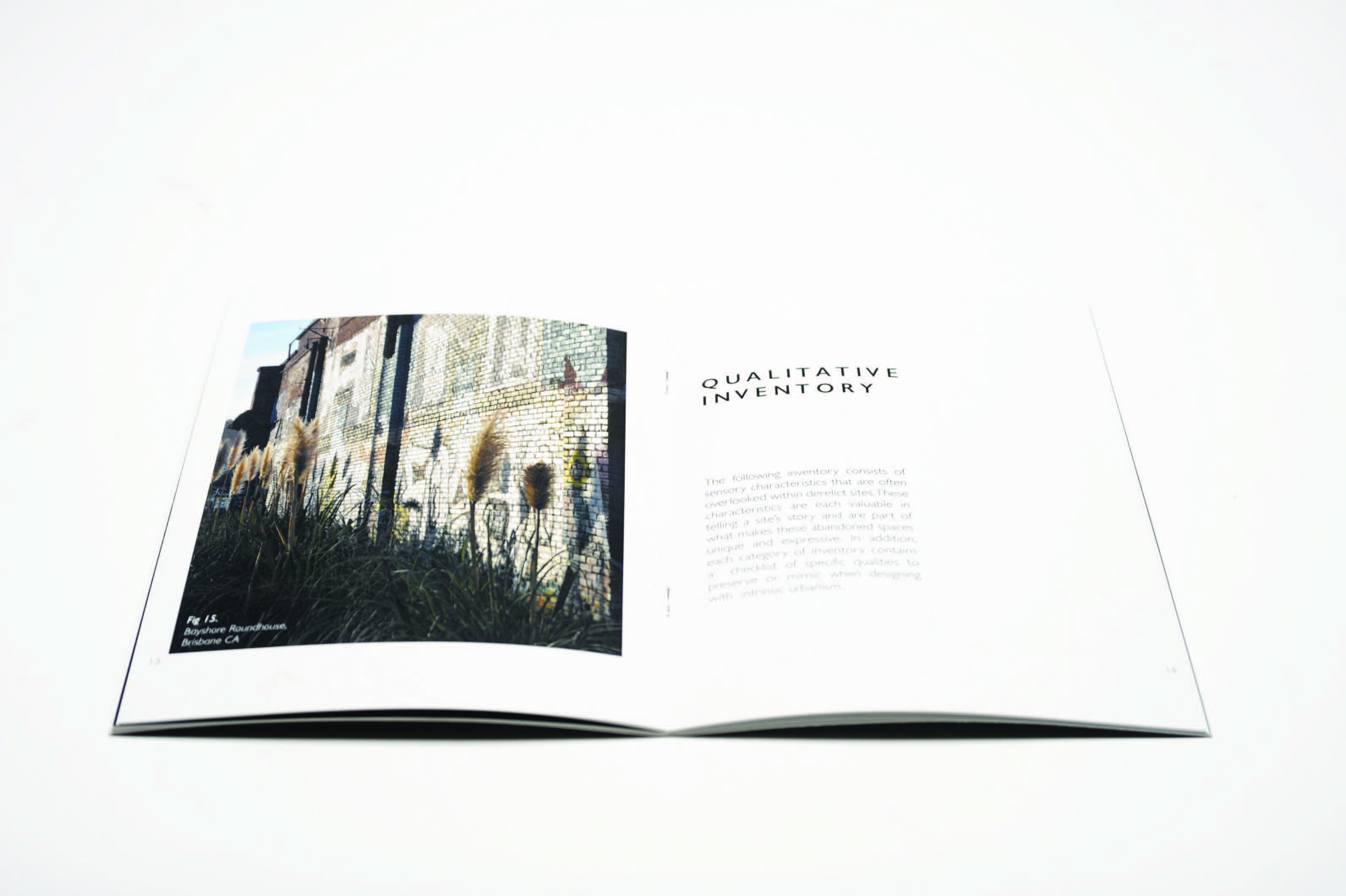
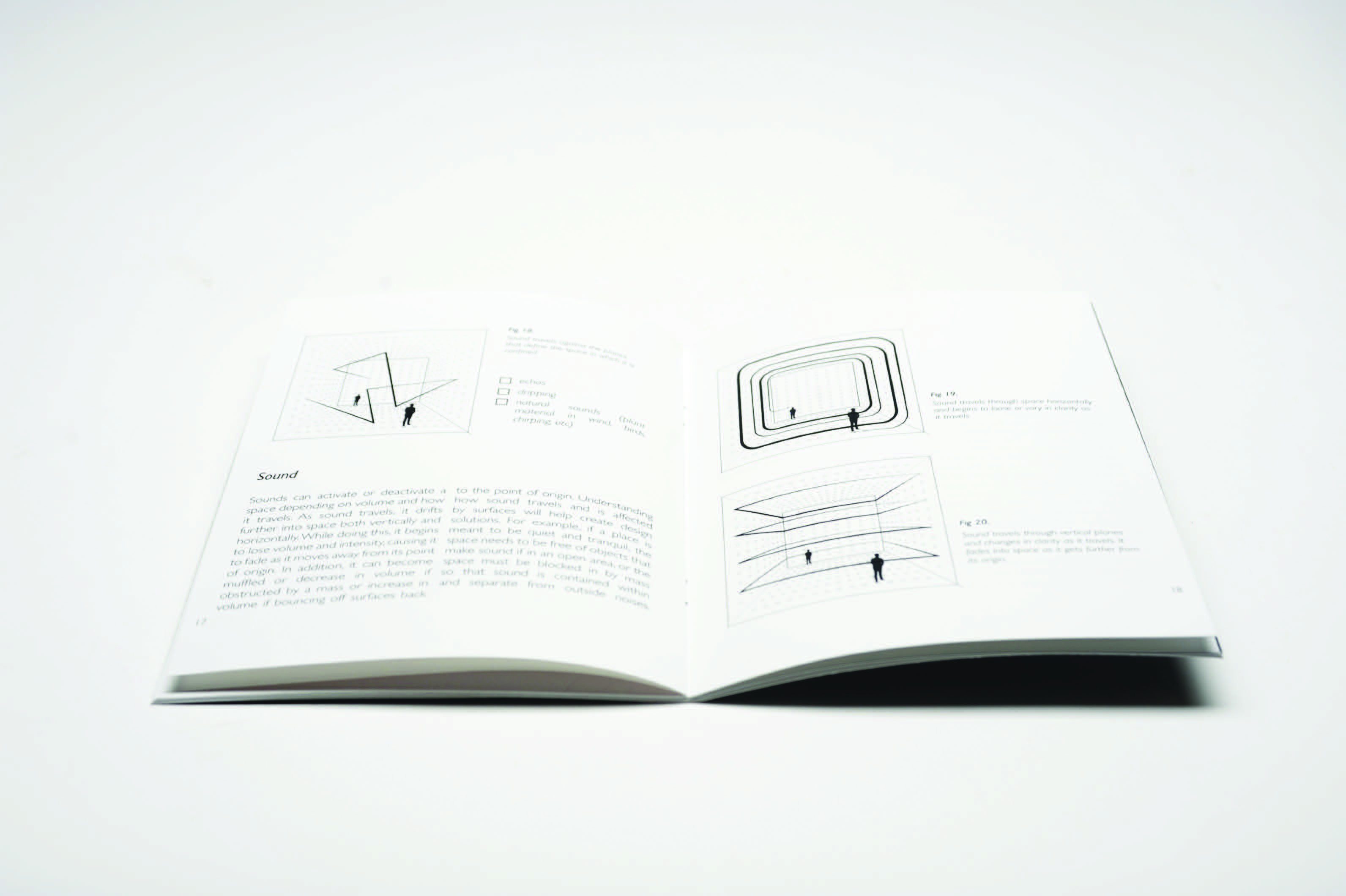
case stuy 1: bayshore roundhouse

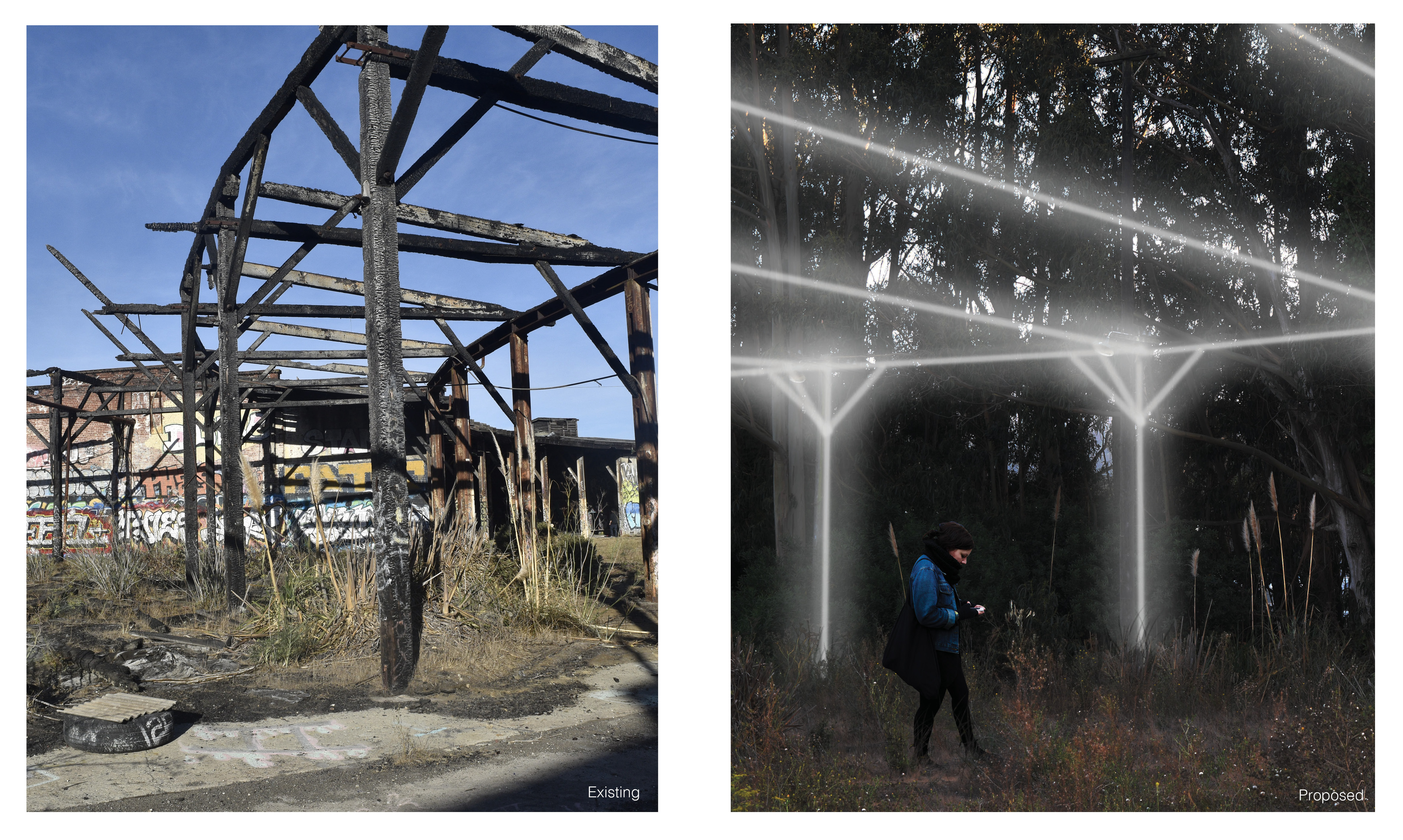
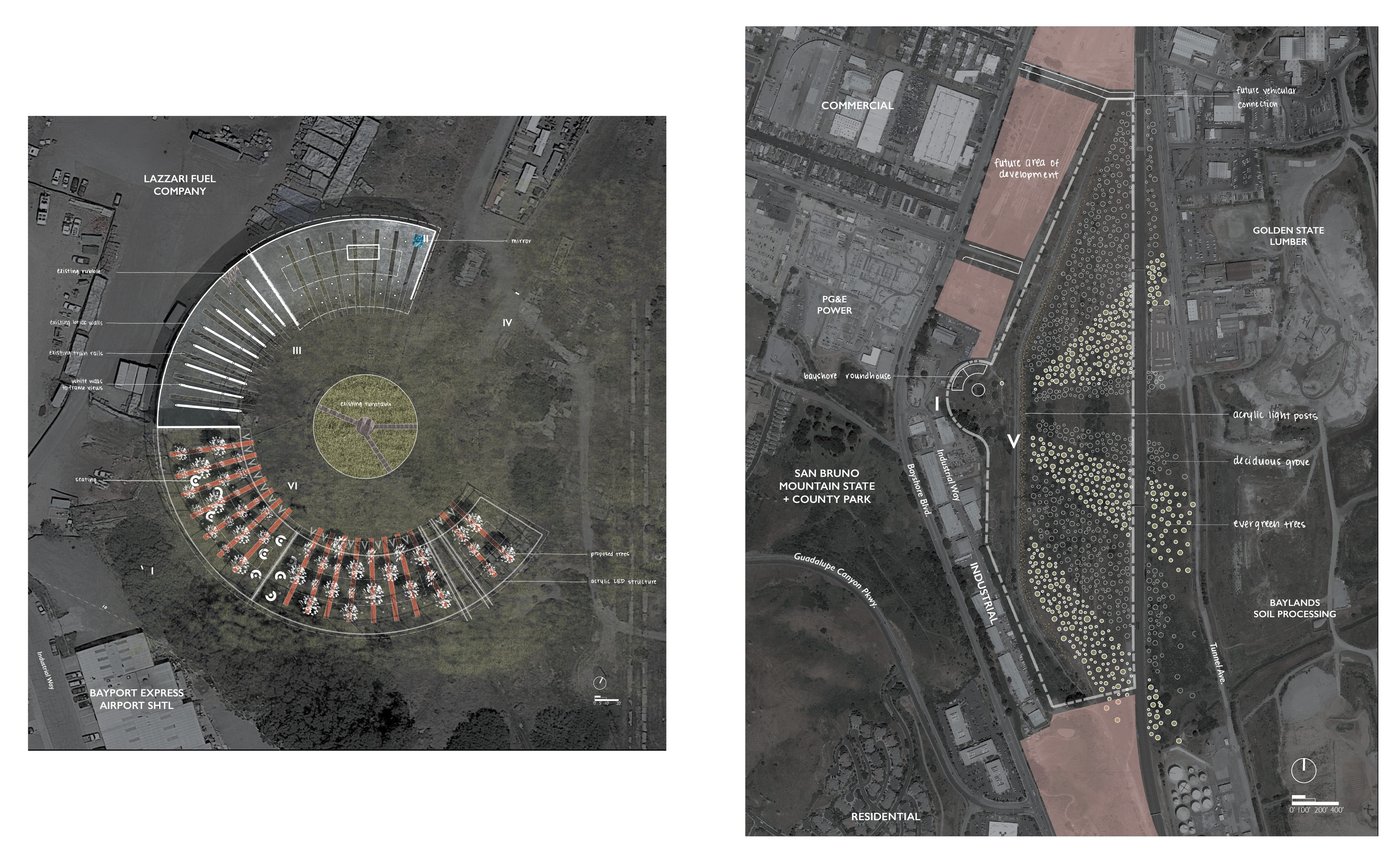
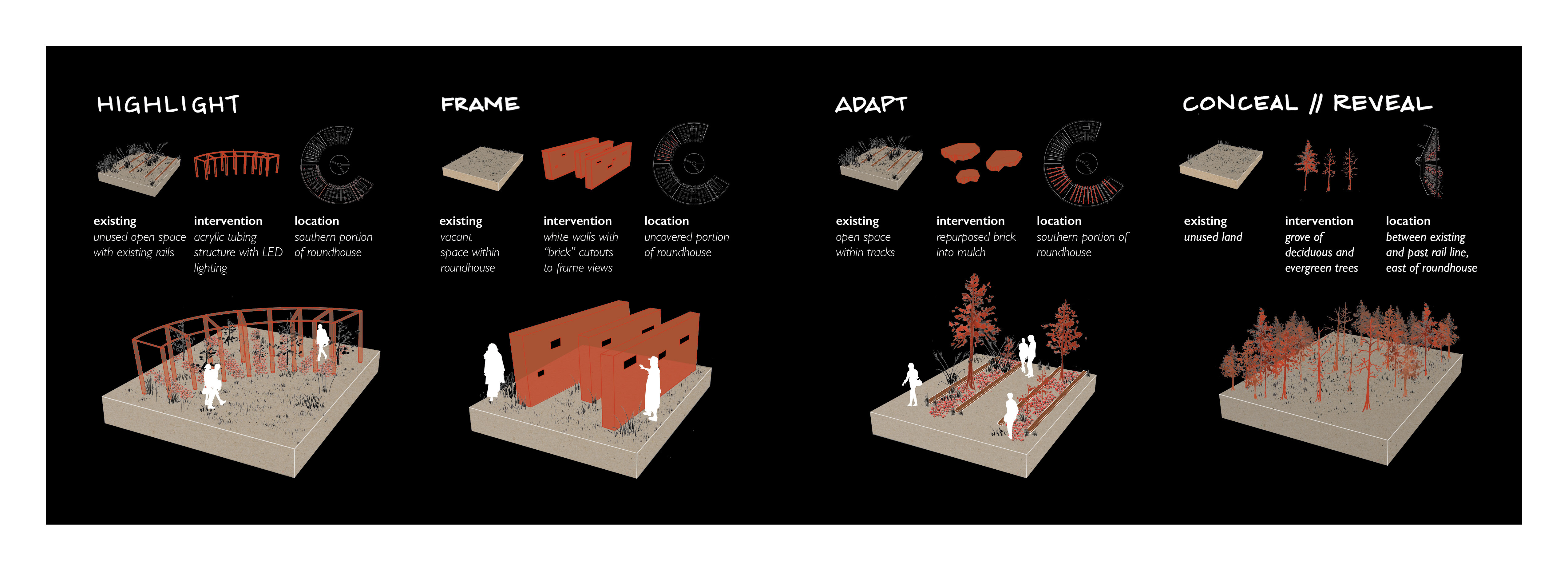

case stuy 2: portola greenhouses



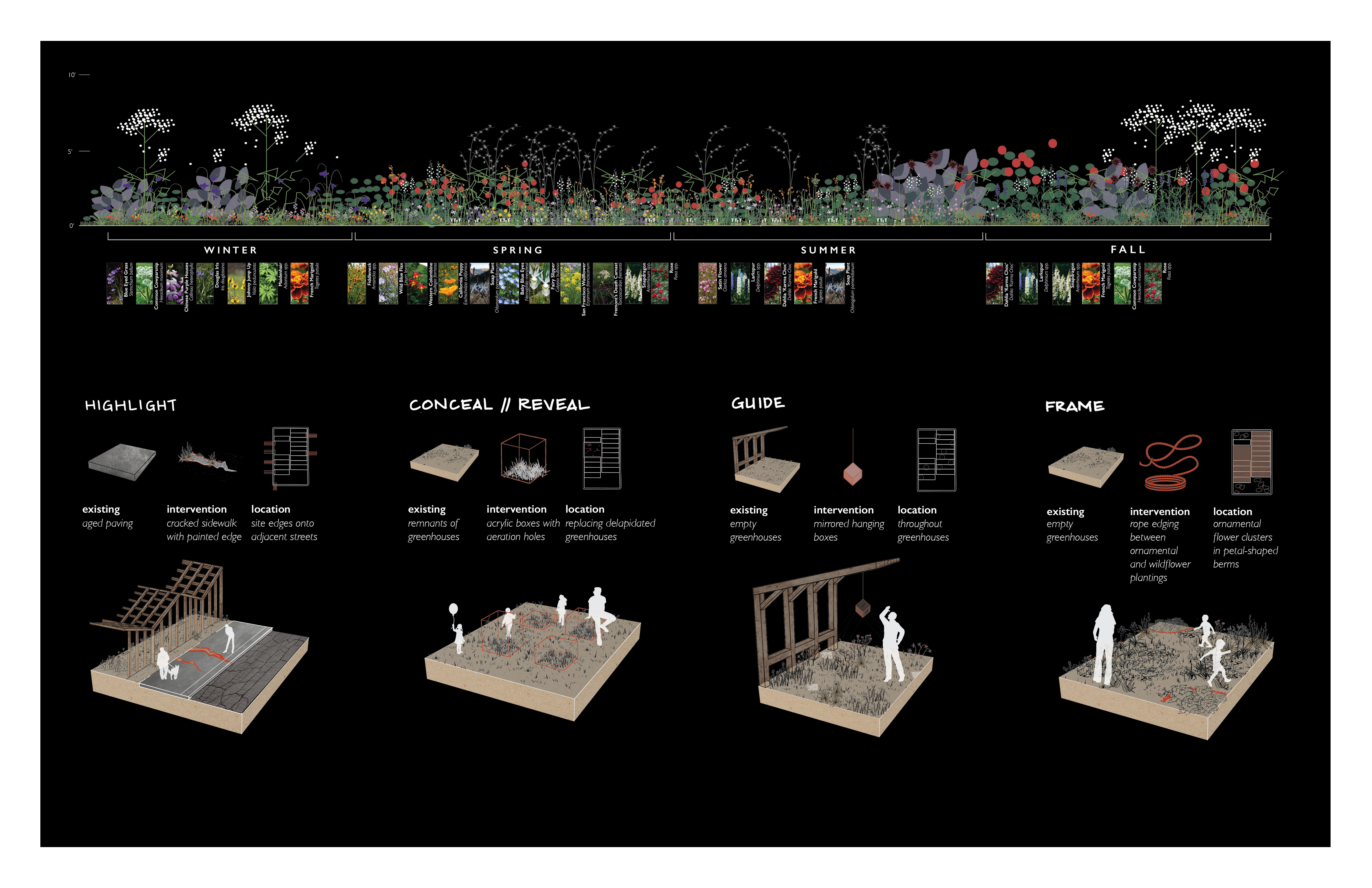
case stuy 3: agnews insane asylum


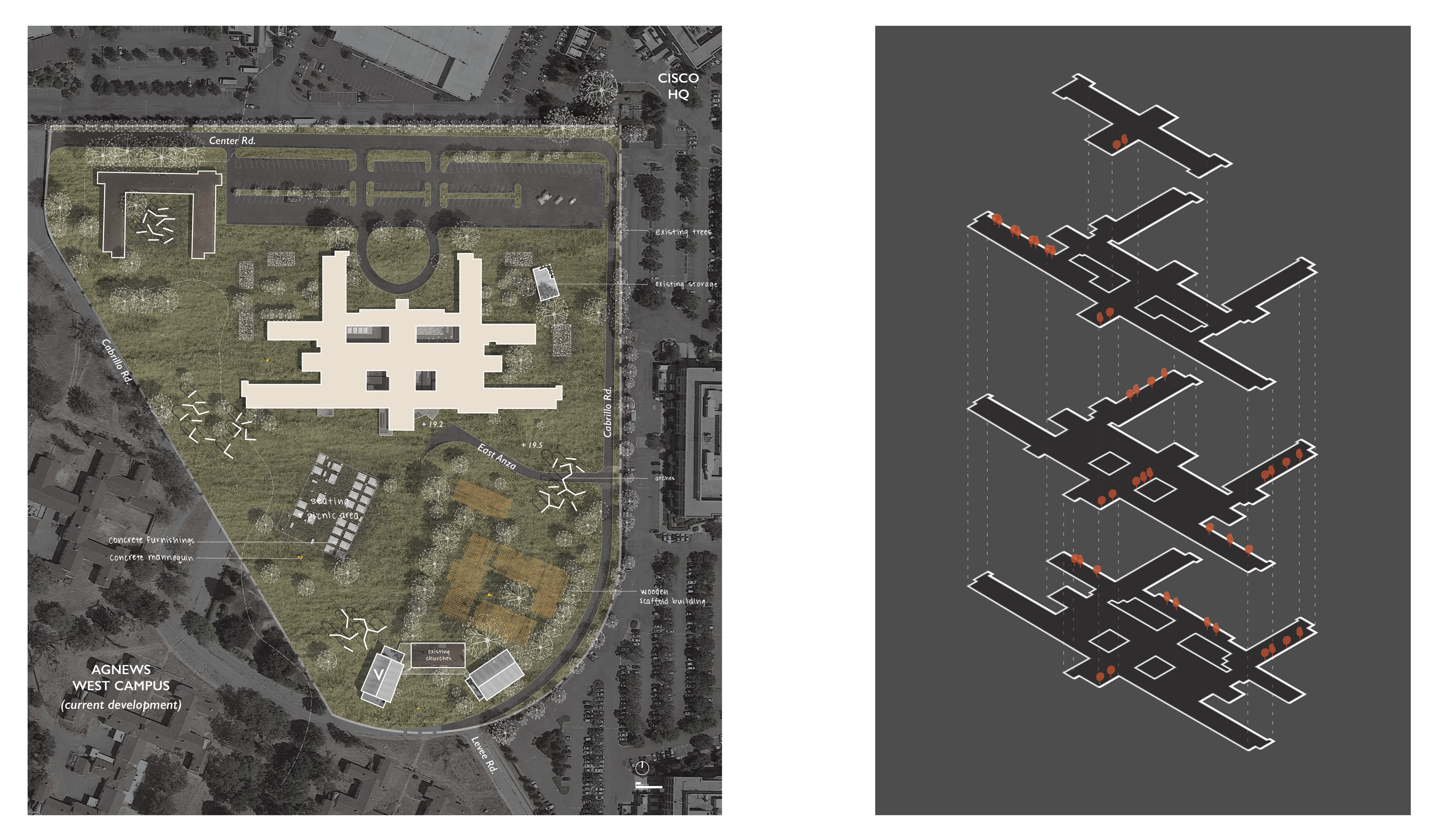


views + display: see artifacts + representations
